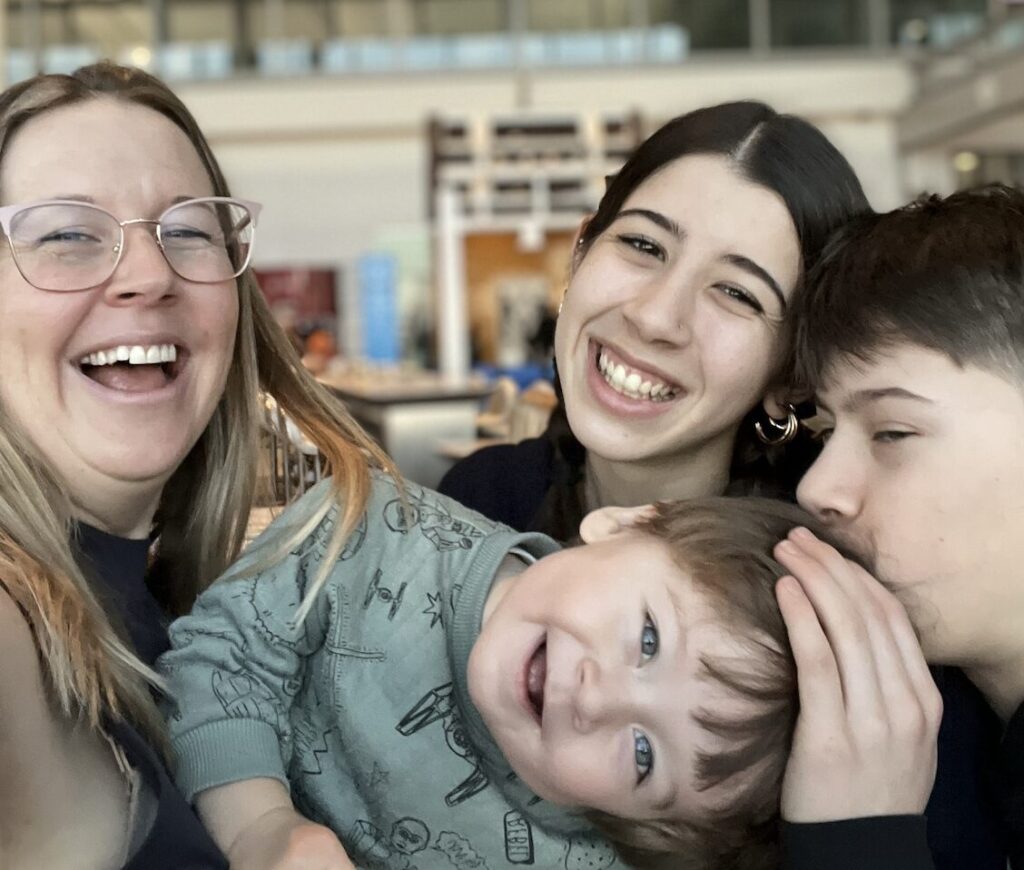
In Canada, marijuana is currently legal for medicinal purposes only. But as our federal government expands regulations to include recreational use – and more and more retailers set up shop in anticipation of selling it – the reality is that marijuana use will be much more mainstream in the future.
And now, kids hear the word “legal” or catch wind of the fight for legalization and assume this means it is safe. Given this new era of legalization, talking about drug use with your tweens/teens and dispelling the myths from facts may be more critical than ever. According to the National Institute on Drug Abuse, about 45 percent of teens have used marijuana before they graduate high school. But more concerning is that those who begin using the drug before age 18, are up to seven times more likely than adults to develop problem use.
A leading expert on alcohol and drug policy, Frances Harding is the director of the Center for Substance Abuse Prevention at the Substance Abuse and Mental Health Services Administration (SAMHSA), an agency within the U.S. Department of Health and Human Services. She says the “ideal” time to broach the subject of marijuana with your child is as early as possible.
“If your child is asking questions or if you overhear a conversation they’re having about it with friends, sit them down afterward and give them the facts,” says Frances, adding that parents need to educate themselves beforehand. “Kids often don’t understand how marijuana gets into their brain and affects decision-making and emotion, and they perceive it as having the lowest risk among illicit drugs.”
Margaret*, an Ontario mother of two, knows just how wrong this perception is. Her son, once a star athlete with a bright future in sports, tried marijuana for the first time in Grade 9 and now smokes it daily at the age of 23. In his second year of university, his marijuana use brought on a psychotic episode that caused him to drop out of school entirely.
“It’s really not something his brain can handle and it has done a lot of damage,” says Margaret. “He has had other mental breakdowns since and it’s a vicious circle.” Multiple studies have shown that marijuana-induced psychotic episodes tend to happen in the late teens, while the brain is developing.
By now, we all know the signs to look for when it comes to drug use: changes in mood, blood-shot eyes, memory impairment, lack of coordination and strangely smelling clothes (or the sudden use of incense or room deodorizers). Plus, posters, clothes with pot leaves on them may seem harmless, but consider why your child is glorifying marijuana. Have the talk before you notice any of these things.
On a positive note, Frances says research shows that tweens actually do listen to their parents contrary to popular belief. “It may not seem so immediately but it does stay in their thinking,” she says. “That’s why you want to be direct, have a serious tone and treat this topic like anything else you would perceive as dangerous for your child.”
Make it clear that, like alcohol, the word “legal” does not mean healthy or appropriate for kids.
And if you suspect there is drug use even after multiple discussions, Frances advises seeking help from a healthcare professional. “I’d rather parents make a mistake and overreact than let it go,” she says.
*Name changed to protect privacy
Taking the high road
Similar to other drugs, the effects of taking marijuana depend on multiple factors such as the drug’s potency (determined by the amount of THC), how it’s taken, a person’s biology (e.g., genes) and even gender. Someone taking marijuana with a high concentration of THC for the first time, for example, may have a greater chance of a negative or unpredictable reaction. Some typical effects include:
- euphoria or a “high” as the THC activates the body’s reward system resulting in a release of the chemical dopamine
- memory impairment as the THC alters how information is processed in the frontal cortex of the brain
- physical changes, such as bloodshot eyes, increased appetite and heart rate, or sleep issues
- potential anxiety, fear, distrust or panic, particularly in people new to the drug or taking it in a strange setting
(Adapted from the National Institute on Drug Abuse)
Originally published in ParentsCanada magazine, Summer 2017.










